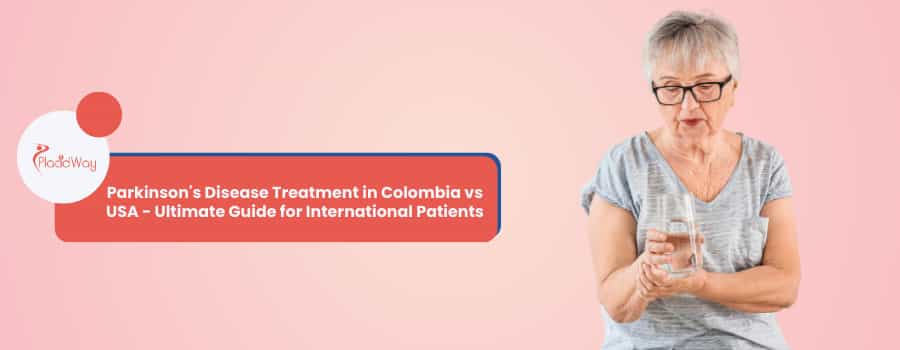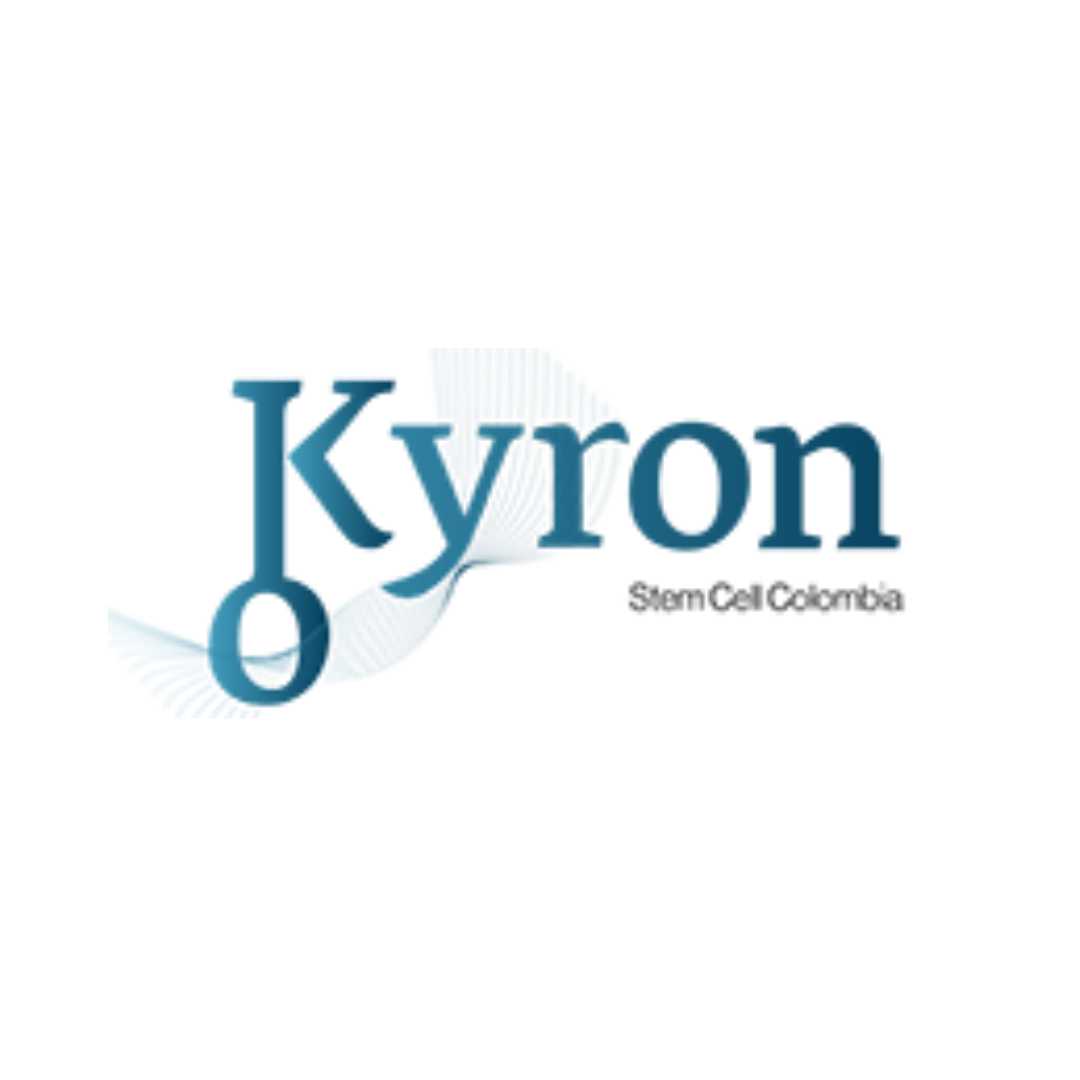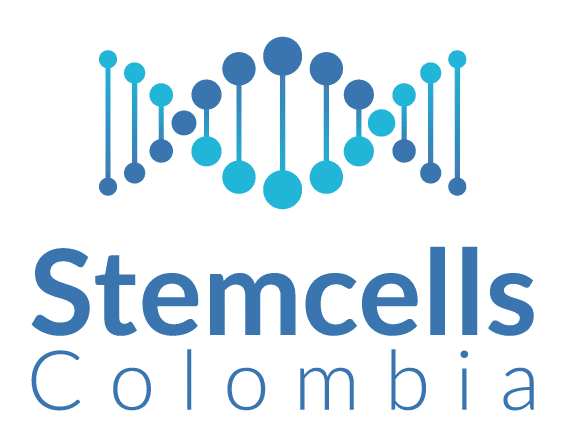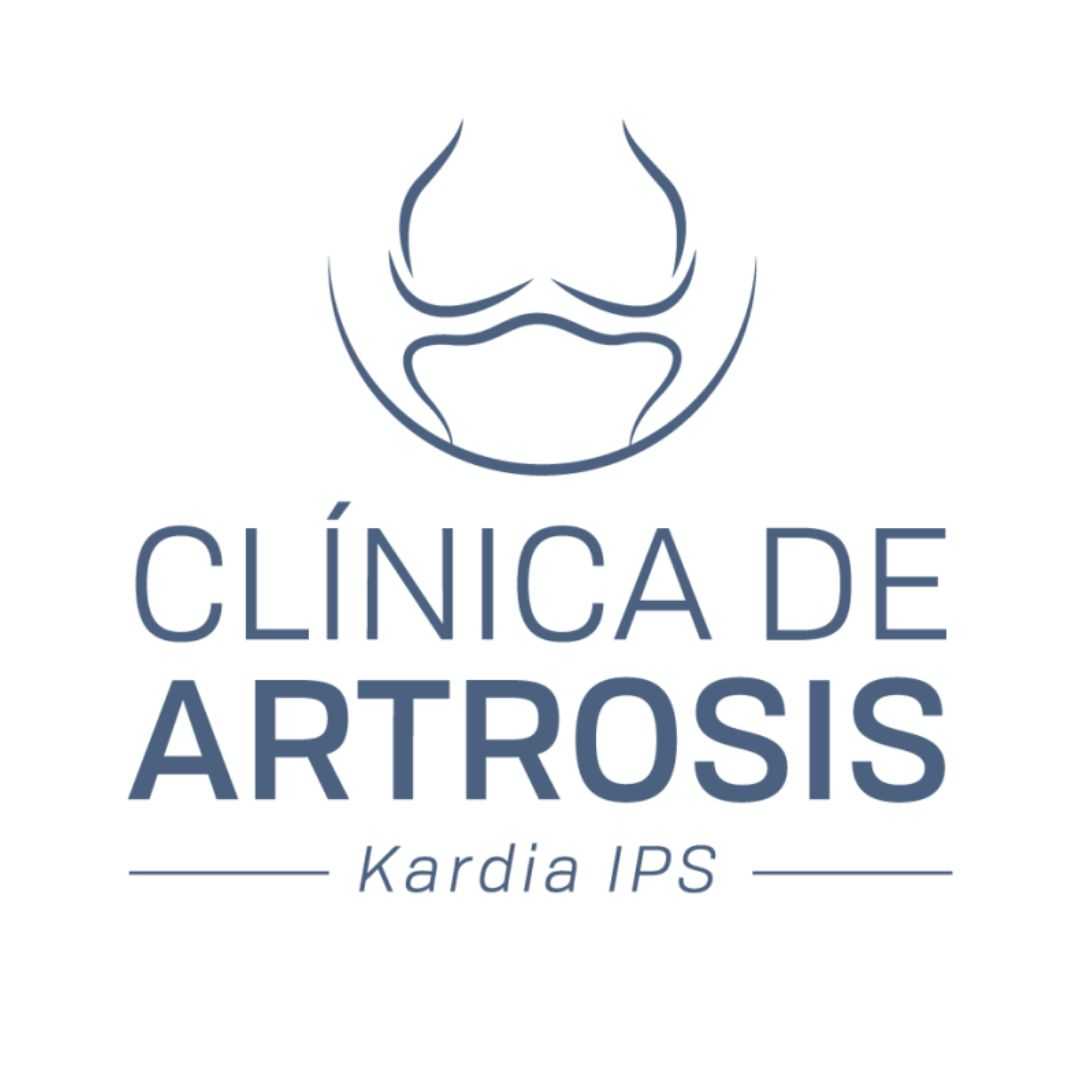
The journey to finding effective, long-term relief from Parkinson's disease often leads patients to explore innovative treatments like stem cell therapy. When comparing options, the choice frequently narrows down to two vastly different approaches: the highly restricted, clinical-trial-focused path in the United States, and the regulated, accessible, and significantly more affordable environment of Colombia. This comprehensive guide provides critical insights into the cost, legality, and patient experience to help you make an informed decision on pursuing regenerative medicine for Parkinson's disease.
Detailed Comparison: Stem Cell Therapy for Parkinson's Disease (PD)
Understanding the Regulatory Divide and Treatment Philosophy
The fundamental difference between the USA and Colombia lies in their regulatory approach to regenerative medicine. This divergence shapes everything from cost to accessibility for Parkinson's patients seeking stem cell therapy abroad. In the US, the FDA maintains a rigorous process, classifying most stem cell treatments as unapproved drugs. This is designed to protect patients from unproven therapies but effectively limits patient access to ongoing Phase I/II clinical trials, which often have narrow eligibility criteria.
In contrast, Colombia’s National Institute of Food and Drug Surveillance (INVIMA) has implemented a defined, though still strict, framework. This framework allows accredited clinics to legally offer certain *autologous* (from the patient's own body) and *allogeneic* Mesenchymal Stem Cell (MSC) protocols outside of formal, highly restricted trials. This approach prioritizes patient autonomy while maintaining oversight on safety and ethical standards. For a patient with Parkinson's, this translates into a choice between participation in cutting-edge research in the US and faster access to an established, regulated therapeutic option in Colombia.
USA: Focus on Dopamine Neuron Replacement Research
The USA excels as the global leader in fundamental research, particularly in the development of dopamine-producing cells derived from human embryonic stem cells (hESCs) or induced pluripotent stem cells (iPSCs). This highly sophisticated approach aims to achieve true cell replacement—reversing the core pathology of Parkinson's disease. Key strengths include:
- Pioneering Research: Access to the world's most advanced Phase I/II trials targeting cell replacement.
- Neuro-Surgical Expertise: Unparalleled skill in the complex, image-guided brain surgery required for cell transplantation.
- Immunosuppression Protocols: Expertise in managing the necessary long-term immunosuppressive regimens following allogeneic cell transplants.
However, this focus means most patients seeking immediate relief from the symptoms of Parkinson's disease will find the US path financially prohibitive and logistically complex due to the clinical trial bottleneck.
Colombia: Accessibility and Neuroprotective MSC Protocols
Colombia has become a medical tourism powerhouse by combining world-class infrastructure (often JCI-accredited centers) with a supportive regulatory environment for MSC treatments. Colombian clinics utilize Mesenchymal Stem Cells (MSCs), primarily focusing on their ability to offer neuroprotection and anti-inflammatory support rather than direct neuron replacement. This approach provides accessible treatment options for Parkinson's disease patients. Key capabilities include:
- Cost Efficiency: Dramatic savings (up to 80%) compared to estimated US prices for similar protocols.
- Clear Regulatory Oversight: Treatments are overseen by INVIMA, ensuring standardized lab testing and processing procedures.
- Established Patient Logistics: Clinics are adept at handling international patients, simplifying travel, consultation, and treatment scheduling.
This path offers a regulated and quick avenue for patients seeking the supportive and regenerative benefits of high-dose MSC therapy to manage their PD symptoms.
Weighing the Trade-offs: Pros and Cons of Stem Cell Therapy for PD
Pros of Treatment in Colombia
- Affordability: The most significant benefit is the cost reduction, making high-dose regenerative treatment financially viable for many.
- Immediate Access: Patients can typically begin treatment within weeks or months, bypassing long clinical trial waiting lists.
- MSC Safety Profile: Mesenchymal Stem Cells, especially autologous (patient's own) cells, have a robust safety record in regulated settings.
- Supportive Care: Protocols focus on improving quality of life through neuroprotective and anti-inflammatory effects.
- High-Quality Infrastructure: Many clinics operate within modern, accredited hospitals in major cities like Bogotá and Medellín.
Cons of Treatment in Colombia
- Treatment Focus: MSC therapy is supportive/neuroprotective, not curative. It does not replace lost dopamine neurons directly.
- Variability: Due to a less unified national system than the US, patients must diligently verify clinic accreditation and cell handling standards (GMP compliance).
- Travel and Logistics: Requires international travel, which can be challenging for patients with advanced Parkinson's symptoms.
Pros of Treatment in the USA (Clinical Trials)
- Disease-Modifying Potential: Research trials aim to achieve a true 'cure' or long-term functional recovery through cell replacement.
- Highest Scientific Rigor: Treatment is conducted under the strictest FDA protocols, ensuring meticulous safety monitoring.
- Top Researchers: Direct access to the scientists and neurologists leading global regenerative medicine research.
Cons of Treatment in the USA (Clinical Trials)
- Access Barrier: Enrollment is highly competitive and restricted to specific patient profiles; the vast majority are ineligible.
- High Cost & Complexity: If not fully covered by a grant, the associated medical costs can be astronomical ($50,000 to $100,000+).
- Wait Times: Clinical trials often involve multi-year commitments and significant waiting periods for enrollment.
- Unproven Efficacy: By definition, the outcome is uncertain, and there is a high risk of receiving placebo or minimal benefit.
The Science Explained: MSCs vs. Dopamine Progenitor Cells for PD
For patients researching stem cell therapy for Parkinson's, understanding the type of cell used is crucial. The two primary therapeutic approaches seen globally and in this comparison have different goals:
Mesenchymal Stem Cells (MSCs) - The Colombian Approach
MSCs (sourced from fat or bone marrow) are the cells most commonly used in regulated therapies in Colombia. These cells are known for their immunomodulatory, anti-inflammatory, and neurotrophic properties. Instead of replacing damaged neurons, they work as 'biologic pharmacies,' secreting growth factors that:
- Protect existing dopamine neurons from further decay.
- Reduce chronic inflammation within the brain (neuroinflammation).
- Improve the brain's environment, potentially enhancing the function of residual neurons.
The goal is to slow disease progression and provide functional improvement for symptoms, a supportive strategy that has shown benefit in many neurological conditions.
Dopamine Progenitor Cells - The US Research Approach
In US and other international trials, researchers are primarily focused on transplanting cells that are genetically programmed to mature into dopamine-producing neurons. These cells, derived from hESCs or iPSCs, are directly implanted into the striatum of the brain. Early-stage trials are highly encouraging, showing the ability of these transplanted cells to survive and produce dopamine, potentially leading to stable, long-term symptomatic relief and a genuinely disease-modifying outcome. This is the most complex and promising avenue, but it is currently restricted to the research setting.
Real Stories from Patients Seeking International PD Treatment
David W., Florida, USA
"The cost of Parkinson's stem cell treatment in the US was simply unmanageable, and I couldn't get into a trial. Going to a JCI-accredited clinic in Medellín, Colombia, cost less than a quarter of the estimate here. The care was excellent, and the focus on my overall well-being and managing my rigidity has been a game-changer. It gave me my life back."
Linda A., Toronto, Canada
"I was accepted into a Phase I trial in the US for the dopamine precursor cells. It was daunting, but the possibility of a permanent solution was worth the risk and the long follow-up schedule. The process is strict, but I believe in the science. The key difference is I was looking for a potential cure, not just symptom management."
Jorge R., Bogotá, Colombia
"My local Colombian specialist recommended autologous stem cell therapy early on. The process was transparent, regulated by INVIMA, and the costs were well within reason. I received several infusions and the quality of life improvement—less fatigue, better motor control—has been sustained for over a year now. I am grateful for the access to regenerative medicine for Parkinson's here."
Maria S., New York, USA
"When researching stem cell procedure cost, the savings in South America were staggering. We chose Colombia based on the specific regulations and the emphasis on patient safety. The clinic helped coordinate everything, including translators and travel. The money we saved allowed us to afford multiple rounds of treatment over two years."
Comprehensive FAQ: Making Your Parkinson's Treatment Decision
Is stem cell treatment for Parkinson's disease a guaranteed cure?
No. Currently, stem cell therapy for PD is considered investigational or experimental. While clinical trials show promising safety profiles and evidence of symptom improvement (especially in motor function), it is not yet an FDA-approved or guaranteed cure in either the US or Colombia. Patients should maintain realistic expectations.
Why is the price of stem cell treatment for Parkinson's in Colombia so much lower than in the US?
The cost difference is driven by several factors: significantly lower operational costs (labor, facility upkeep) in Colombia, favorable exchange rates, and a regulatory framework (INVIMA) that allows for established MSC protocols outside of the expensive, highly regulated clinical trial structure required by the FDA.
What type of stem cells are most effective for Parkinson's disease?
The most promising long-term approach involves dopamine precursor cells (hES/iPS derived) aimed at replacement, which are currently only available through clinical trials (like those in the US). However, Mesenchymal Stem Cells (MSCs), widely used in Colombia, are effective in providing neuroprotection and managing symptoms through their anti-inflammatory effects.
Is it safe to get stem cell therapy in Colombia?
Yes, provided you choose a highly accredited clinic. Colombia has clear regulations overseen by INVIMA, and many clinics meet international quality standards (JCI accreditation). Safety depends on the clinic's adherence to GMP (Good Manufacturing Practices) for cell processing.
Will US insurance cover the cost of stem cell therapy in Colombia?
Almost universally, no. Since stem cell therapy for Parkinson's disease is not FDA-approved, US private insurance, Medicare, and Medicaid will not cover the treatment cost, whether it's performed in the US or internationally. Treatment is self-pay.
What kind of improvements can I expect from an MSC protocol in Colombia?
Improvements often reported include reduced rigidity and tremors, better balance and gait, increased energy, and decreased reliance on traditional medications like Levodopa. These are typically supportive improvements related to neuroprotection and reduced inflammation, not a functional cure.
What are the risks of seeking treatment abroad?
The main risks include inadequate due diligence in selecting a clinic, travel complications for patients with advanced PD, and potential language barriers outside of major international centers. PlacidWay strongly recommends verifying the clinic's accreditation and the doctor's credentials.
Do I need a referral from my US neurologist to get treatment in Colombia?
While an official referral is not medically required, it is essential to consult with your current neurologist before pursuing any treatment abroad. They can provide necessary medical records and advise on how international therapy might interact with your existing medication regimen.
How long should I plan to stay in Colombia for the procedure?
Most comprehensive stem cell protocols require a stay of approximately 7 to 14 days. This duration allows for the initial collection of autologous cells (if applicable), lab processing, and the administration of the final cell injections (usually intravenous or intrathecal).
What keywords are important when searching for Parkinson's treatments?
To find the most relevant information, search using long-tail, intent-driven phrases such as: stem cell procedure for Parkinson's in Colombia price, cost of neurological stem cell therapy, INVIMA regulated stem cell clinics, and dopamine replacement clinical trials USA.
Ready to Take the Next Step on Your Journey to Managing Parkinson's Disease?
Choosing the right path for innovative Parkinson’s treatment requires careful consideration of access, cost, and the specific therapeutic goal. Whether you are interested in the regulated, affordable MSC protocols in Colombia or exploring the possibilities of clinical trials in the USA, PlacidWay is your trusted resource.
We connect patients to world-class, rigorously vetted centers that adhere to international safety standards. Don't navigate this complex decision alone. Contact our dedicated Care Team for a free, no-obligation consultation to discuss your specific medical needs and receive transparent, personalized quotes for stem cell treatment for Parkinson's disease globally.









.jpg)






Share this listing